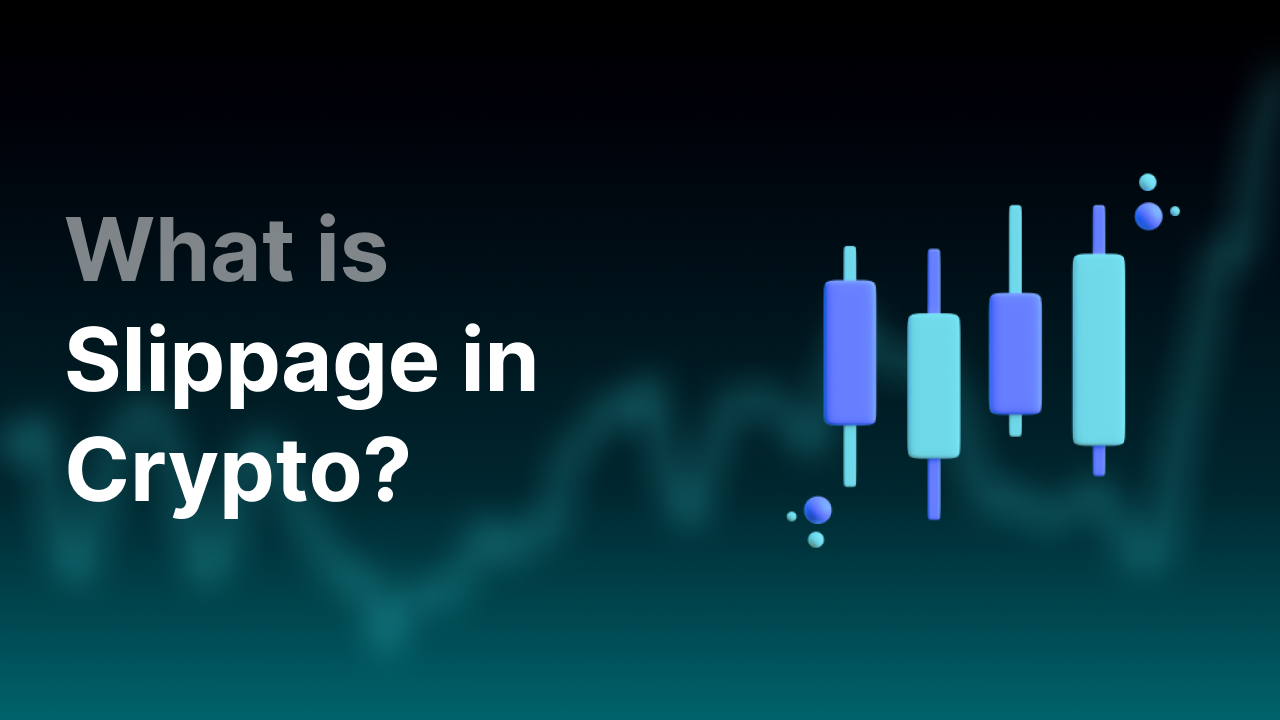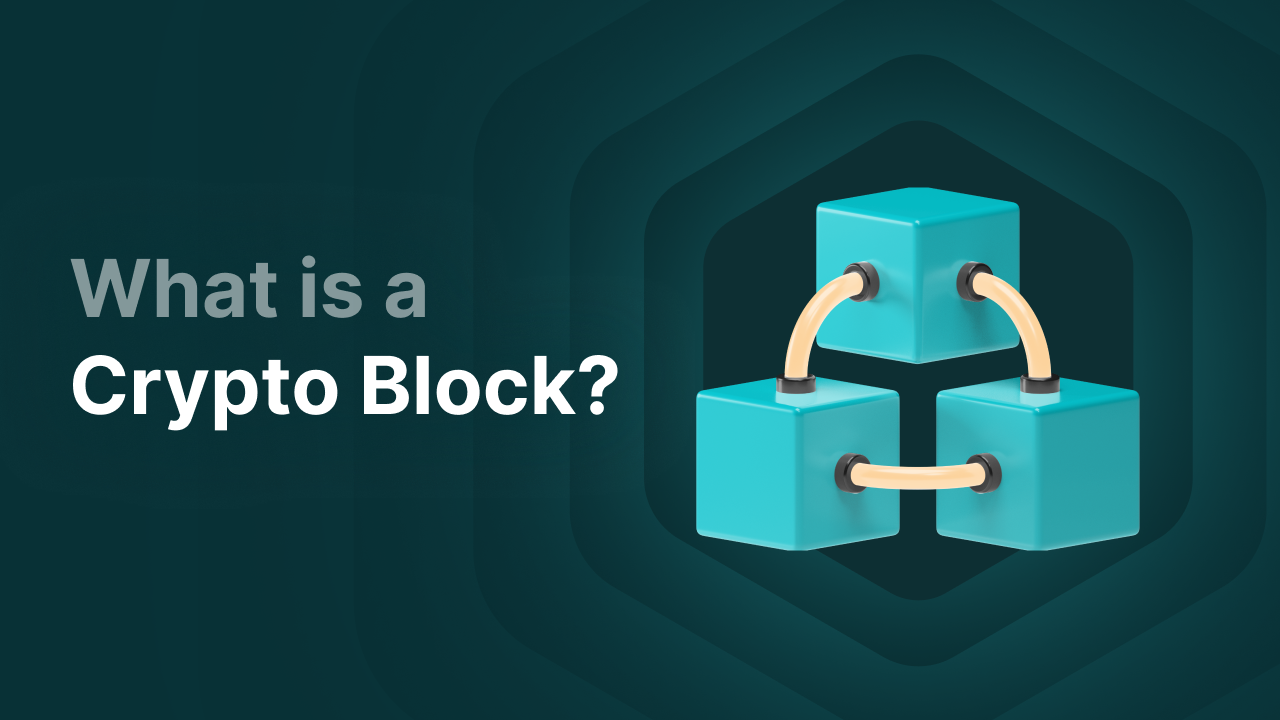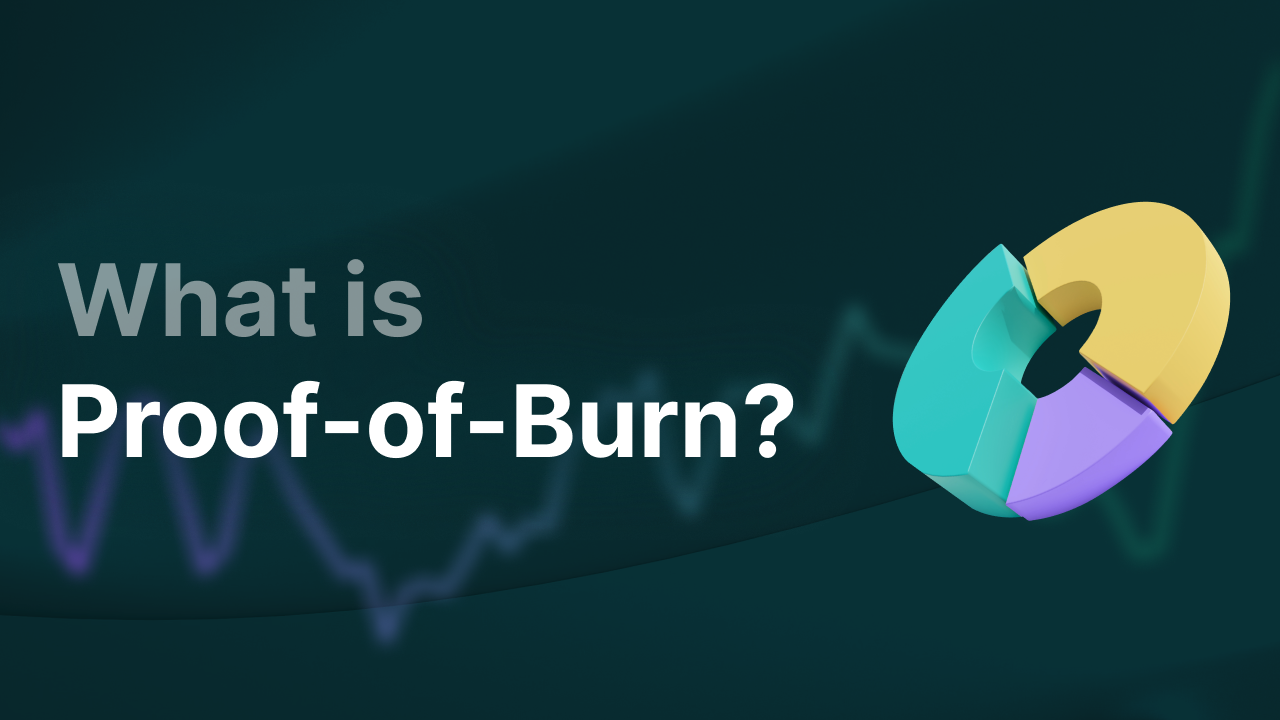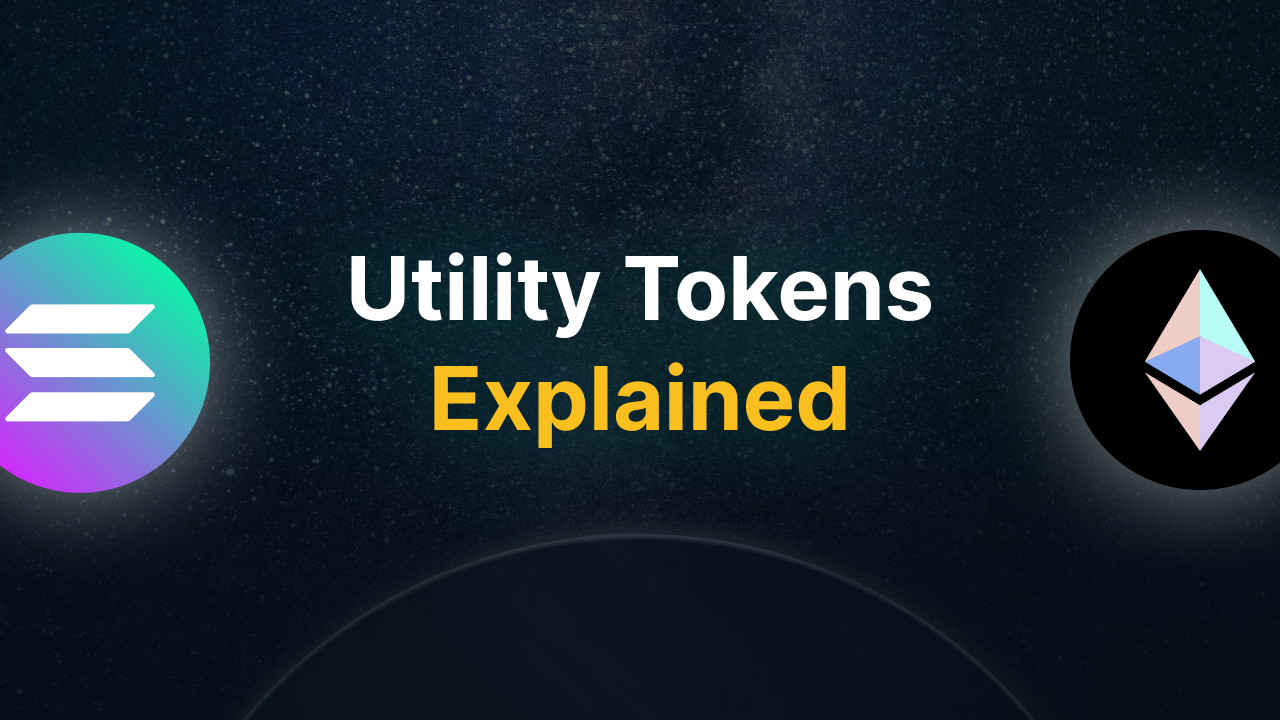What are gas fees in crypto?
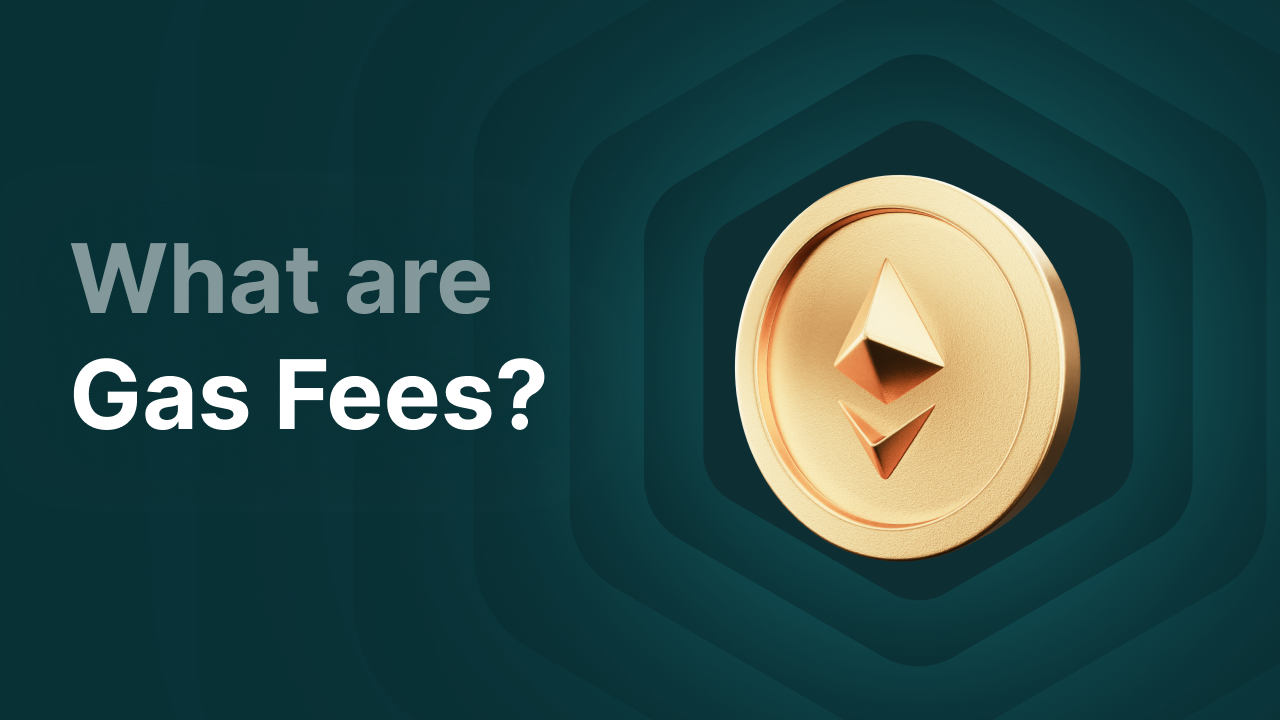
What are gas fees?
Gas fees are the transaction costs users of the Ethereum network pay for executing a transaction, such as sending crypto like Ether (ETH), but also for performing more complex interactions like smart contracts. Gas fees are crucial to the Ethereum ecosystem, as gas fees are paid for every action and validators are rewarded with gas fees for validating transactions and securing the network. ‘Gas’, meaning fuel for the network, was introduced to reward validators for helping secure the Ethereum blockchain and adding new blocks to the blockchain.
Along with the new Ether introduced during the addition of a new block to the blockchain, Ethereum gas fees form the revenue source for validators, who use staking to lock up ETH to support the network.
Gas fees are always paid in ETH and also distributed to validators in ETH.
The gas fees are expressed in ‘gwei’, a small unit of Ethereum (1 gwei = 0.000000001 ETH). The system determines how many gwei are needed to perform an interaction. The amount of gas required depends on the complexity of the interaction and the congestion on the network. The more complex and/or busy the network, the more gas is needed to execute a transaction.
Key Takeaways
-
Gas fees are the transaction costs on Ethereum paid in gwei (a small unit of ETH) for executing transactions and smart contracts.
-
Gas fees consist of three parts: the base fee (the minimum cost), the priority fee (tip for speed), and the max fee (your upper limit).
-
The gas limit determines how much work your transaction may perform and directly affects your total cost.
-
Validators earn from priority fees and new ETH, while the base fee is burned and encourages deflation.
-
You can reduce gas fees by using Layer 2 networks, timing transactions, and optimizing your gas limit.
Composition of Ethereum gas fees
The amount of gas fees you need to pay as a user depends on several components, such as the urgency of your transaction, the maximum amount you're willing to pay, and the base costs on the network. Together, these components form the required amount of gwei.
Base Fee
The base fee is the transaction cost determined by the network itself. The amount of the base fee depends on network congestion: the higher the congestion, the higher the base fee. The base fee was introduced in 2021 as part of the EIP-1559 update and ensures dynamic costs that account for network congestion. The system enables an efficient pricing structure that helps users estimate the total cost of executing transactions.
Thanks to Ethereum’s burning mechanism, the base fee is burned (sent to a dead wallet) and removed from circulation to promote deflation. This fee does not go to validators.
Priority Fee
The priority fee is an optional cost users can pay to have their transaction processed faster. In essence, you're giving a ‘tip’ that puts you higher in the queue. You gain priority over other users. This creates a market-driven mechanism in which the highest bidder gets priority. Especially during times of high network congestion, priority fees can be useful when users want their transaction to be processed quickly. The downside is that the costs can become quite high.
During less busy periods, priority fees are much lower, allowing you to gain priority with a small additional amount.
Priority fees are fully distributed to validators on the network and thus serve as an important incentive to participate as a validator.
Max Fee
The ‘max fee’ is the maximum Ethereum gas fee a user is willing to pay for executing a transaction on the Ethereum network. The max fee includes both the base fee and the priority fee and can therefore be seen as a summary of all your costs. The max fee was introduced during the EIP-1559 update to protect users from sudden spikes in the base fee. The max fee can be set by the user and is especially important during volatile periods. The max fee simply reflects what a user is willing to pay in gas fees. In most cases, the actual amount is much lower.
What is the gas limit?
In addition to the components that make up the total required gwei for executing a transaction, there’s also the gas limit. This is visible along with your transaction costs when initiating a transaction. It is essentially separate from the gas fees but does determine their size. The gas limit determines how many units of gas may be used to execute your transaction. The amount of gas required depends on the complexity of the transaction. For example, 21,000 gas is often enough to send ETH, but you may need between 100,000 – 1,000,000 gas for executing a complex smart contract.
The gas limit tells the Ethereum Virtual Machine how much gas the network is allowed to use from you. You ultimately pay only for the gas you use. This directly overlaps with gas fees. The required gwei is calculated based on the needed gas. The price per gas is determined by the network (base fee) plus an optional priority fee. In the example below, that’s 32 gwei.
Example: You want to send ETH to another wallet:
- Gas usage = 21,000 gas
- Gas price = 32 gwei/gas
- 1 gwei = 0.000000001 ETH
You’ll pay:
21,000 × 32 = 672,000 gwei = 0.000672 ETH
Gas fee and gas limit in practice
In practice, the gas limit determines how much work your transaction is allowed to do. You combine this with a max fee per gas, which indicates how much you’re willing to pay per gas unit (in gwei). Together they determine the maximum amount of ETH or gwei you could spend.
The final price per gas unit is determined by two components:
-
The base fee: the required, network-determined minimum amount per gas unit
-
The priority fee (or “tip”): the extra amount you voluntarily pay to speed up your transaction
The gas limit and max fee per gas are different components, but together they determine your total maximum cost. The max fee per gas shows how much you’re willing to pay per unit of work, while the gas limit indicates how much work you allow. Converted, this leads to the same end result: your total cost in gwei or ETH.
This is what it looks like when executing a transaction in Metamask, for example:
What you see per transaction depends on the interface, but this is what it looks like in Metamask:
Gas Limit: 21,000
Max Priority Fee: 2 gwei
Max Fee (per gas): 50 gwei
Estimated Fee: 0.00084 ETH
How can you reduce gas fees?
Ethereum gas fees can be very expensive during times of high network congestion. This has been one of the major criticisms of the blockchain in the past. Developers are therefore continuously working on improving the network.
There are several things you can do to lower gas fees:
Layer 2 solutions
The Ethereum ecosystem is growing rapidly, and with the rise of layer 2 solutions, several alternatives have emerged that drastically reduce gas fees. Scalability solutions like Optimism and Arbitrum bundle transactions before eventually sending them to Ethereum’s mainnet. This allows you to execute a transaction within the Ethereum ecosystem for just a few cents. With the upcoming EIP-4844 update (rolling out over the coming years), layer 2 solutions are expected to become even cheaper and faster through sharding.
Timing your transactions
The timing of your transaction on the Ethereum network can significantly reduce gas fees. Use gas tracker tools to find out when fees are lower. Is it in the morning or during weekdays? Or perhaps on weekends? Adjust your behavior accordingly. This way, you could potentially save a lot. Useful tools include Etherscan Gas Tracker and ETH Gas Station.
Optimizing your gas limit
The more transactions you execute, the more experience you gain in setting the gas limit. Properly adjusting your gas limit can help avoid overpaying or setting it too low, causing your transactions to fail. You still pay gas fees up to the point of failure.
Swap tokens via centralized exchanges
One major advantage of trading crypto on centralized platforms is that you don’t pay network fees like gas fees. For example, when swapping Ethereum for another crypto on Finst, or buying Ethereum, you only pay a 0,15% service fee.
Final thoughts
Gas fees are a crucial part of the Ethereum network: they ensure network security, encourage efficient blockchain use, and contribute to fair distribution of transaction costs. By understanding how gas fees are structured—including the base fee, priority fee, and max fee—and how factors like gas limit and network congestion influence them, users can act more consciously and cost-effectively. Thanks to innovations like EIP-1559, which burns a portion of the fees, and the rapid growth of Layer 2 solutions like Arbitrum and Optimism, Ethereum is making significant strides toward scalability, affordability, and an improved user experience.
